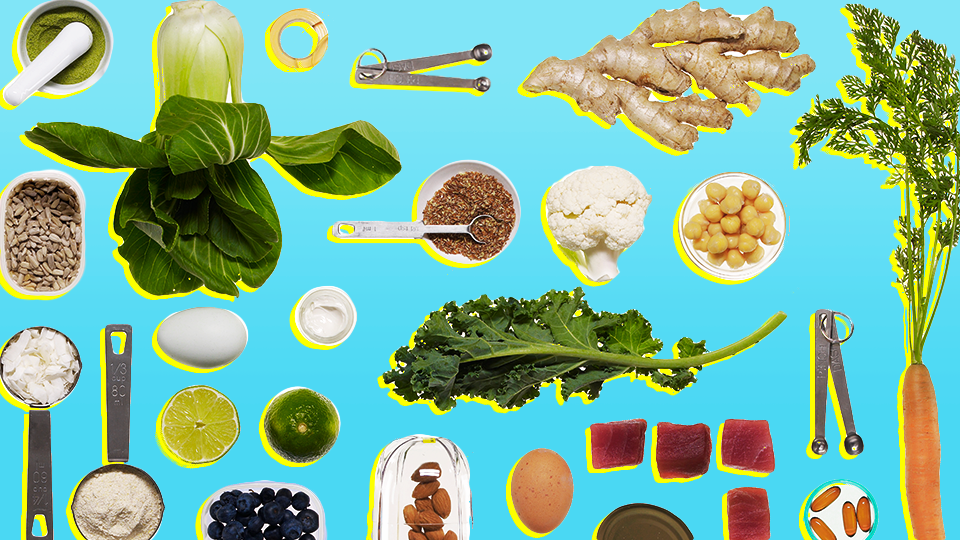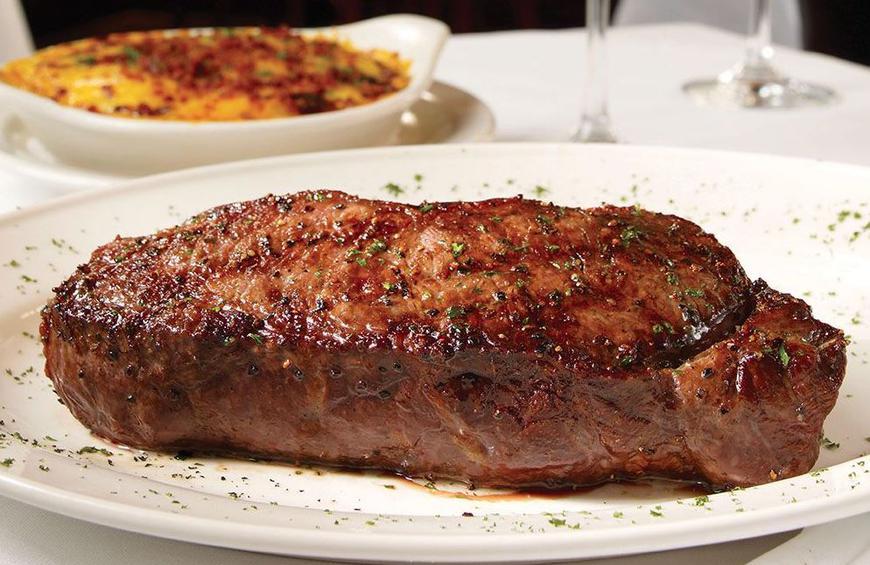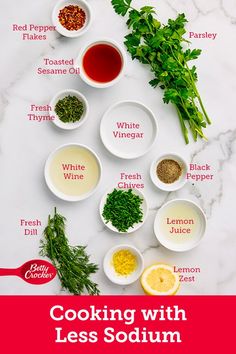
I wrote about the importance 101 of cooking skills and how Joey Delago's class explains each skill and task. I discussed the task-centred categories of cooking skills and their applications, including Activating yeast and making stocks. These skills are critical for any chef, and a list of them can help you decide which ones should be mastered and which ones to ignore. In this article I will talk about the skills you should acquire before you embark on your next culinary adventure.
Chef de Cuisine Joey DeLago's cooking skills 101 class
Chef de Cuisine Joey DeLago's 101 class on cooking skills can teach you everything you need to know to make a great meal. This class will teach you the basics of cooking multi-course meals in a short time. Joey will share tips on how to plan, prepare ahead, timing, and present your meal. Plus, you'll be able to share your finished meal with other home chefs!
Cooking skills that are task-oriented
The Food Agency defines cooking as a collection of knowledge, skills and practices that promote a healthy diet. This framework recognizes many barriers to healthy diets lie in the environment. But it focuses primarily on encouraging food skills through the implementation of appropriate measures. These measures should be easy to understand, relate to other domains, and be applicable across a wide range of sociodemographic levels. These four categories were created to address the most pressing issues in food skills.

Activating yeast
If you are using yeast in your cooking, it is important to learn how to activate it. To activate yeast, warm some tap water and run some hot water through it. In some cases, you may also need to add sugar or water to the yeast. Here are some suggestions to help you activate your yeast. Once the yeast has reached a bubbly state, it's ready for use. Activating yeast in cooking is an essential step for baking success.
Stocktaking
Stocks can add flavor to your meals and provide depth to the dish. Stocks can be homemade using the flavors of vegetables, fish, and meat. You can use bottled water to make your own stock, but you may want to try using filtered water found at the supermarket. There are many stock options available. It is important to be as diverse as possible when making stock.
Whipping cream
Whipped cream is an excellent way to finish off a cake or dessert. While it is easy to make, there are important things to keep in mind as you prepare this classic dessert. While it looks like slightly melted ice cream, it's not. Instead of a loose consistency, whip cream should have a fluffy, slightly curled peak that sticks with the whisk and doesn’t dissolve immediately. You can also whip the cream softly with a spoon. This will ensure that it does not lose its shape.

Melting chocolate
Learn how to melt chocolate if you are looking to make delicious desserts. This can be a difficult task so we have some tips to help you make it easier. First, it is important to understand the correct technique. There are two ways to melt your chocolate. Double boiler means a heatproof pot or pan that has a glass, stainless steel or ceramic bottom. It is placed over a saucepan of simmering boiling water. You should not allow the water to splash into this bowl and should only use it slowly.
FAQ
What is the average time it takes to become a chef? What is the average career track?
The average time it takes to become a chef is five years. During this time, you will study basic cooking techniques and gain experience working as a kitchen assistant. When you finish your training, you can apply for positions as a line cook, sous chef, or executive chef. A chef can earn between $25,000 and $60,000 annually.
How Much Does It Cost to Study Culinary Arts?
There are many factors that influence the cost of learning culinary arts. A four year degree is typically around $40,000. A two-year associate's level degree can cost less than $5,000. Tuition rates depend on the type of program you select. Public institutions are more expensive than private institutions.
What is the minimum requirement to become a chef?
No. No. Some even went on to culinary school to gain work experience. Many chefs prefer to attend culinary school for the increased opportunities to learn and grow as professionals. Culinary schools offer students hands-on training, which helps them build valuable skills and improve their cooking knowledge.
How Do I Learn About Cooking?
Cooking classes are available throughout the country. There are many schools that offer courses in pastry, baking, and wine tasting. You can take a class at your local vocational school or community college if you are interested in learning more about cooking.
What are the Essential Skills to Be a Chef?
To become a chef, you must have a bachelor's degree in culinary arts. A series of tests must be passed by the ACF. After you have completed all requirements, you will receive a certificate confirming your qualifications.
Statistics
- under 10 Kids have been taught that there is special food just for them, and Fiese says that 10 percent of kids will throw a tantrum if they don't get the food they want. (washingtonpost.com)
- On average, chefs earn $58,740 a year, according to the BLS. - learnhowtobecome.org
- In the United States, the category is estimated at $23.2 billion annually and is growing faster than the market. (washingtonpost.com)
External Links
How To
How to cook a steak
The thickness and cooking method of any kind of meat will affect the way it is cooked. Thicker steaks, for example, are better cooked at low heat while thicker steaks require higher temperatures.
Don't overcook them as they will lose flavor. Make sure to remove the steaks from the pan after it is done. This will help you avoid burning your skin.
The size and desired doneness of the steak will affect the cooking time. Here are some general guidelines.
Medium Rare: Cook the meat until it reaches medium rare (63°C). This should take between 3 and 5 min per side.
Medium: Cook the meat until it reaches 160°F (71°C). This usually takes about 6 minutes per side.
Well Done: Cook until well done, which means the internal temps reach 180degF (82degC). This can take between 8-12 minutes per side.